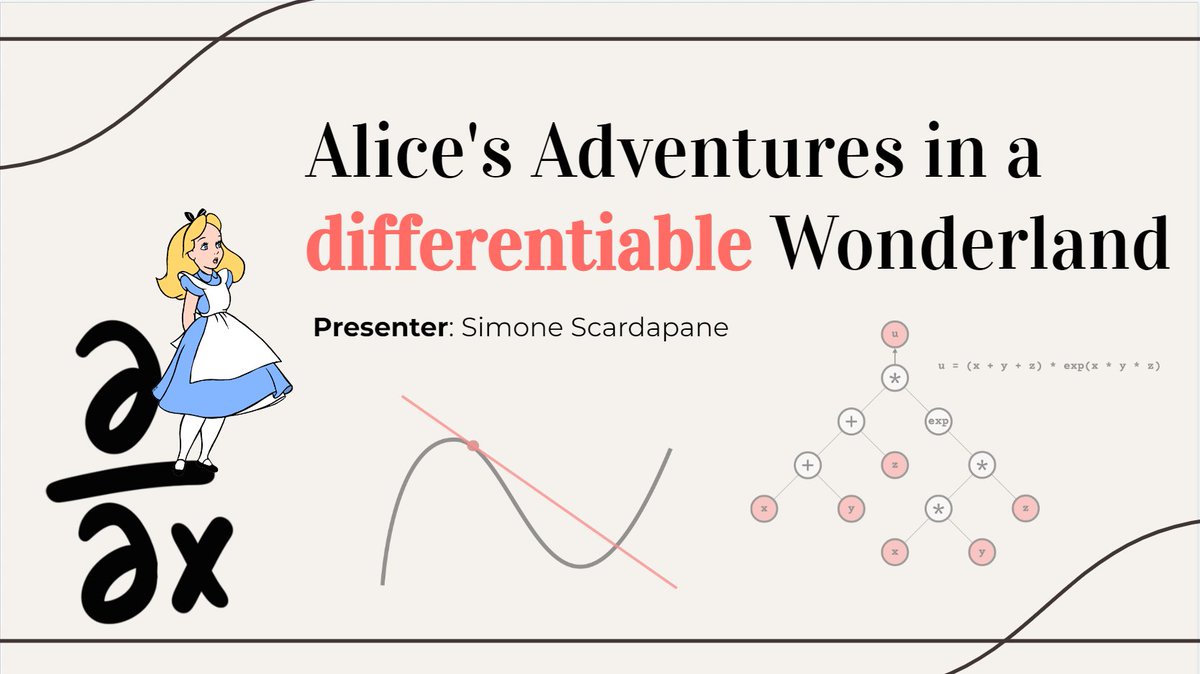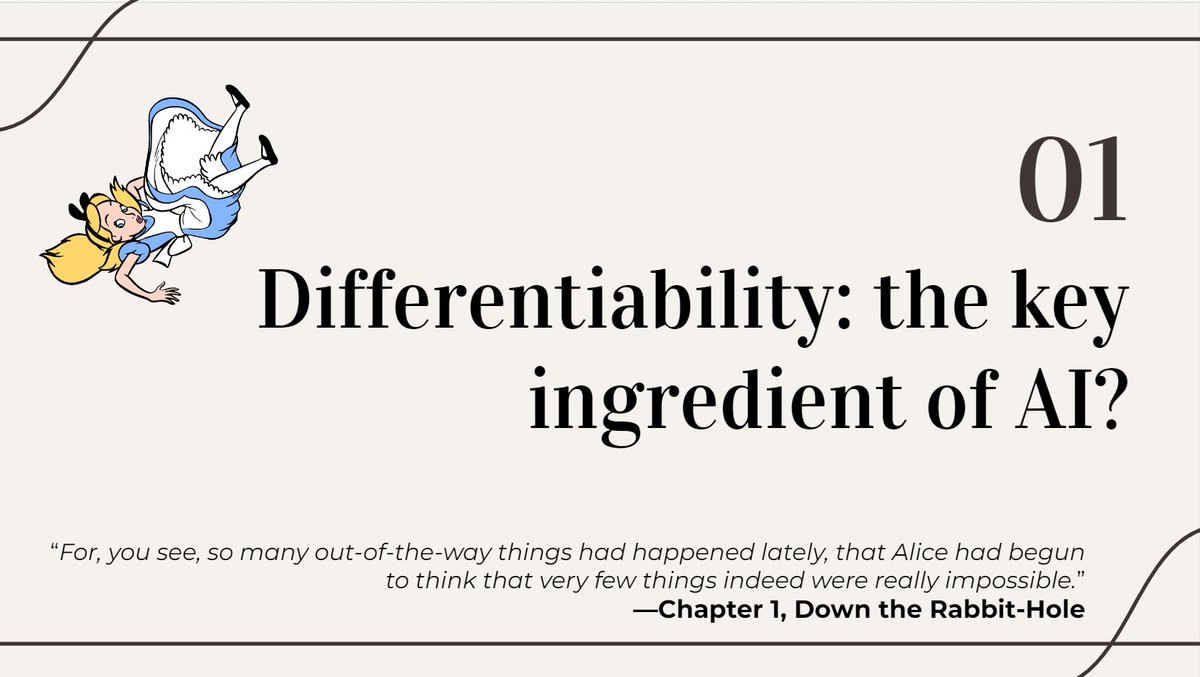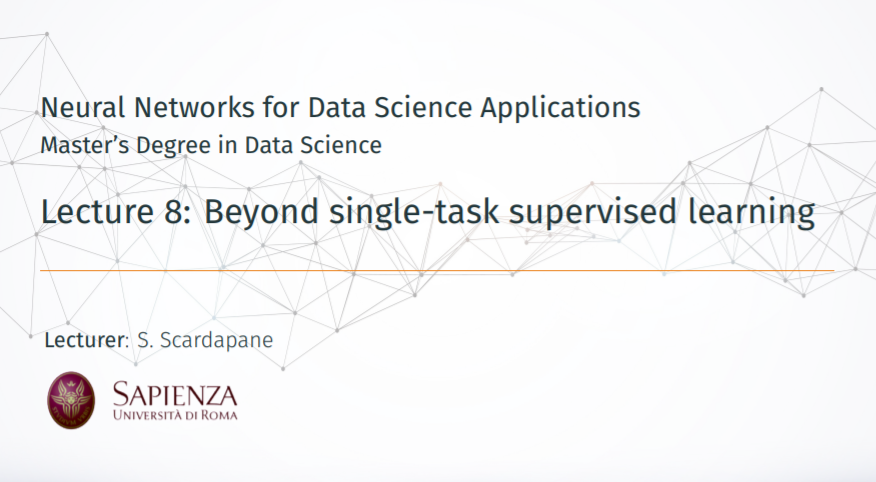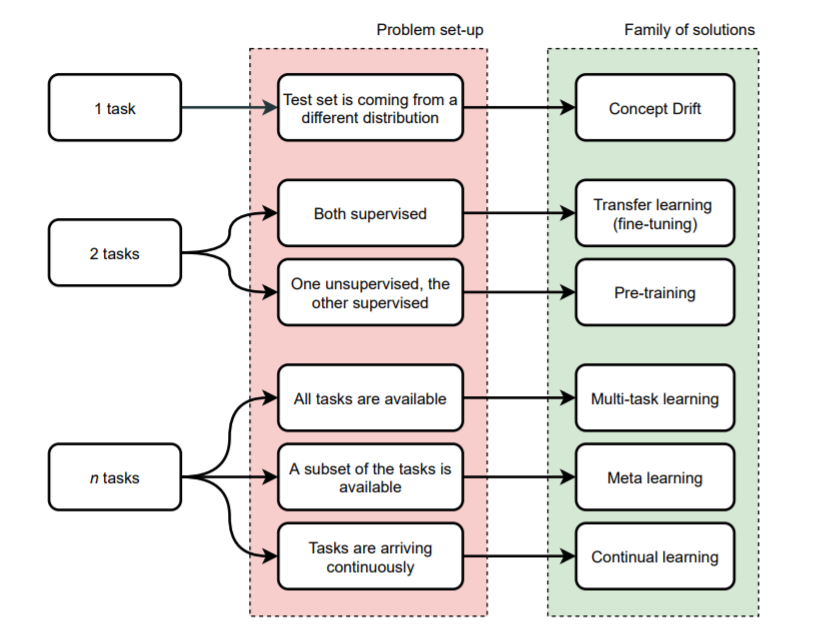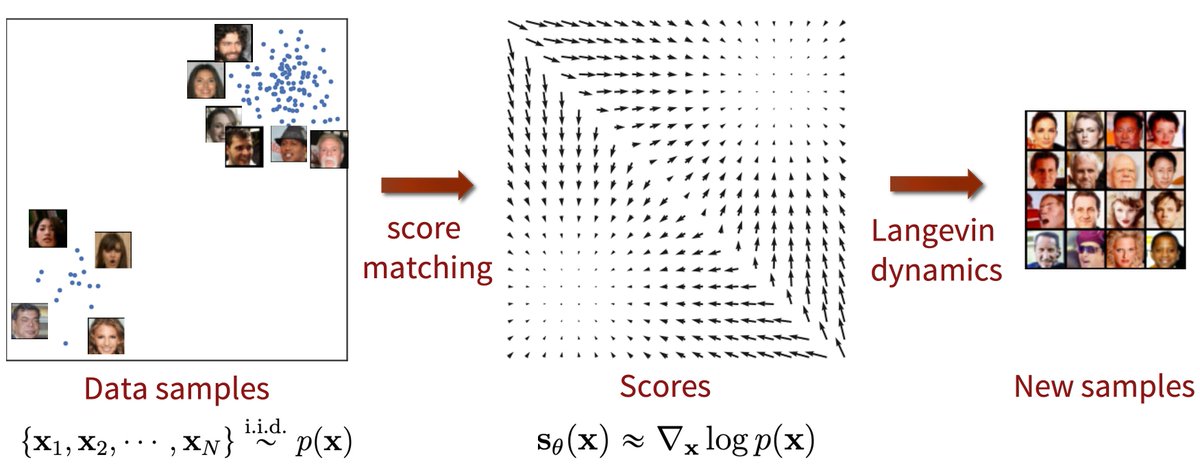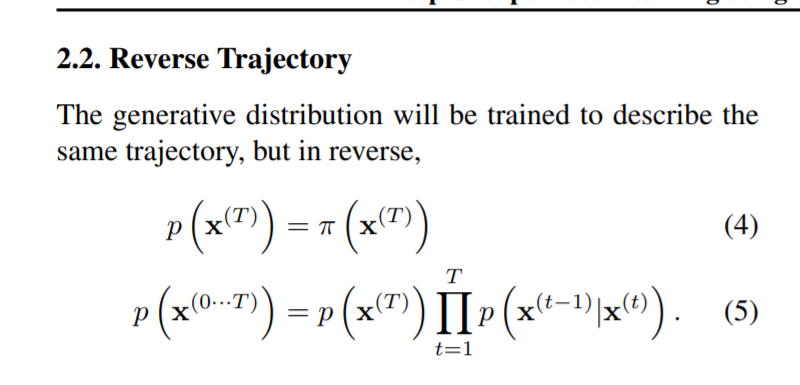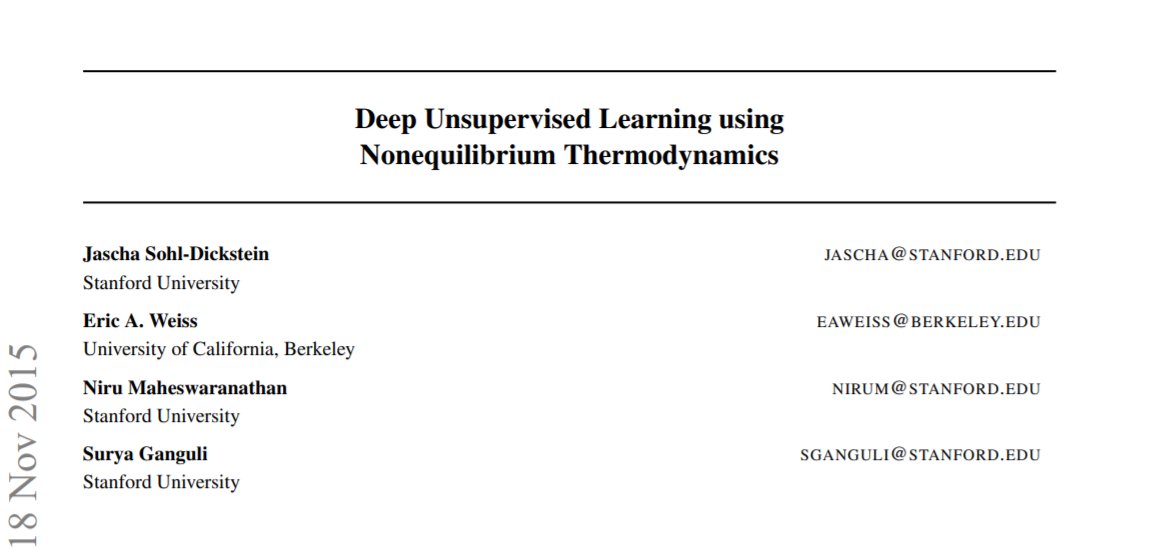*Reproducible Deep Learning*
The first two exercises are out!
We start quick and easily, with some simple manipulation on Git branches, scripting, audio classification, and configuration with @Hydra_Framework.
Small thread with all information 🙃 /n
The first two exercises are out!
We start quick and easily, with some simple manipulation on Git branches, scripting, audio classification, and configuration with @Hydra_Framework.
Small thread with all information 🙃 /n
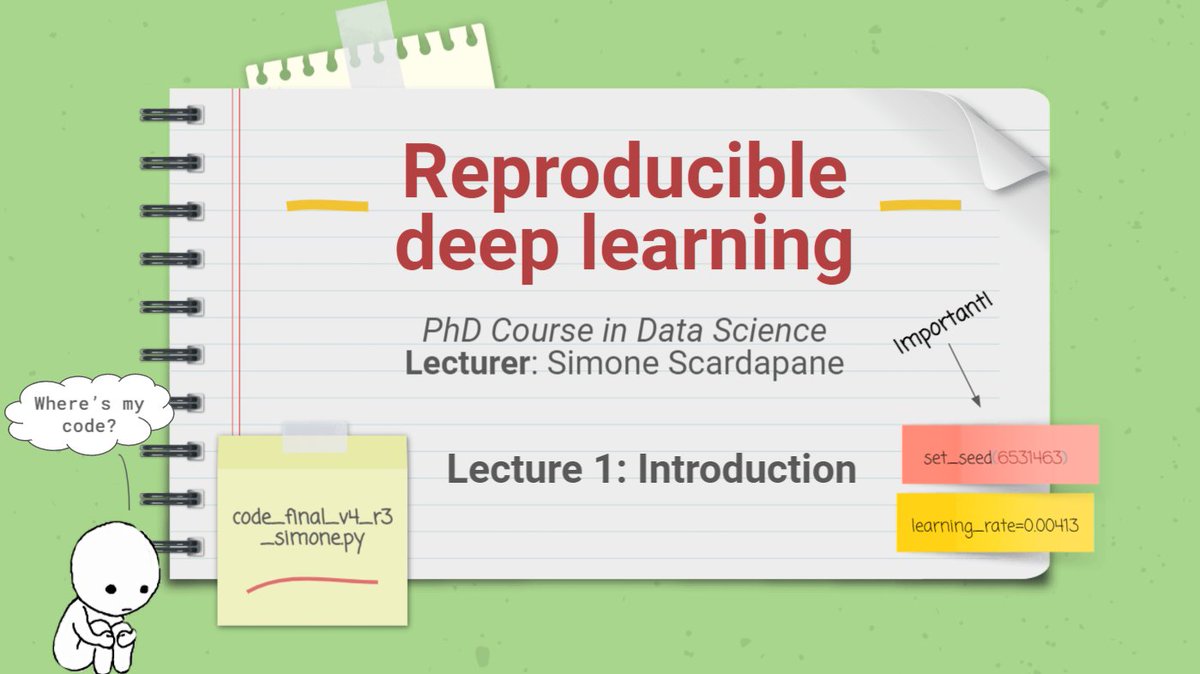
Reproducibility is associated to production environments and MLOps, but it is a major concern today also in the research community.
My biased introduction to the issue is here: docs.google.com/presentation/d…
My biased introduction to the issue is here: docs.google.com/presentation/d…
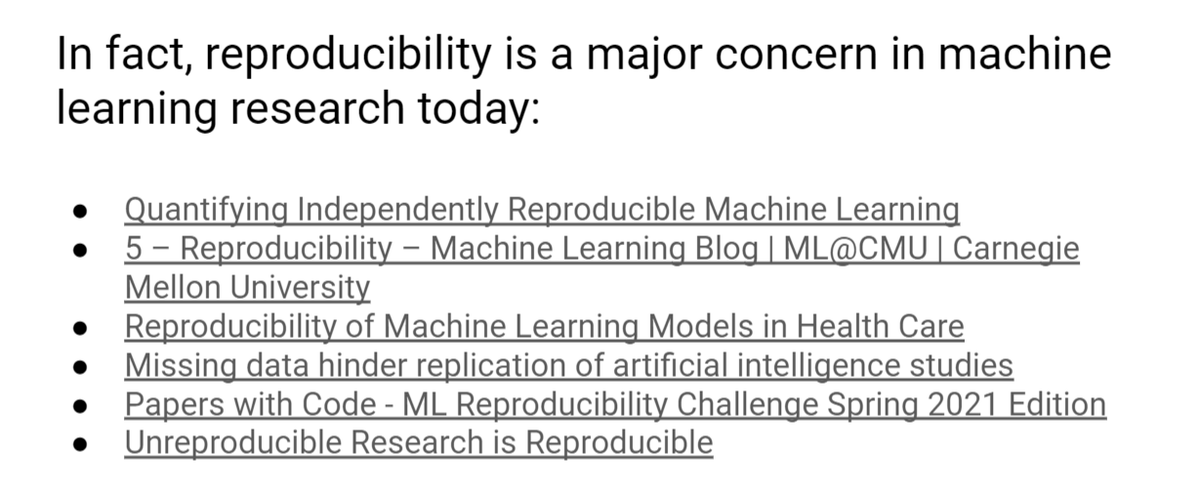
The local setup is on the repository: github.com/sscardapane/re…
The use case for the course is a small audio classification model trained on event detection with the awesome @PyTorchLightnin library.
Feel free to check the notebook if you are unfamiliar with the task. /n
The use case for the course is a small audio classification model trained on event detection with the awesome @PyTorchLightnin library.
Feel free to check the notebook if you are unfamiliar with the task. /n
I spent some time understanding how to make the course as modular and "reproducible" as possible.
My solution is to split each exercise into a separate Git branch containing all the instructions, and a separate branch with the solution.
Two branches for now (Git and Hydra). /n
My solution is to split each exercise into a separate Git branch containing all the instructions, and a separate branch with the solution.
Two branches for now (Git and Hydra). /n

How well do you *really* know Git? The more I learn, the more I find it incredible.
I summarized most of the information on a separate set of slides: docs.google.com/presentation/d…
Be sure to check them out before continuing! /n
I summarized most of the information on a separate set of slides: docs.google.com/presentation/d…
Be sure to check them out before continuing! /n

Exercise 1 is a simple example of turning a notebook into a working script.
To make things more interesting, you have to complete the exercise while working on a separate Git branch!
github.com/sscardapane/re…
Nothing incredible, but it is always good to start small /n
To make things more interesting, you have to complete the exercise while working on a separate Git branch!
github.com/sscardapane/re…
Nothing incredible, but it is always good to start small /n
Once you have a working training script, it is time to add some "bell and whistles"!
My must-have is some external configuration w/ @Hydra_Framework. Exercise 2 guides you in all the required steps.
Plus side: colored logging!
github.com/sscardapane/re…
My must-have is some external configuration w/ @Hydra_Framework. Exercise 2 guides you in all the required steps.
Plus side: colored logging!
github.com/sscardapane/re…

That is all for the moment. The next exercises will explore having external data versioning with @DVCorg and complete isolation with @Docker.
You can follow by starring the official repository, or here on Twitter. 👀
github.com/sscardapane/re…
You can follow by starring the official repository, or here on Twitter. 👀
github.com/sscardapane/re…
• • •
Missing some Tweet in this thread? You can try to
force a refresh


